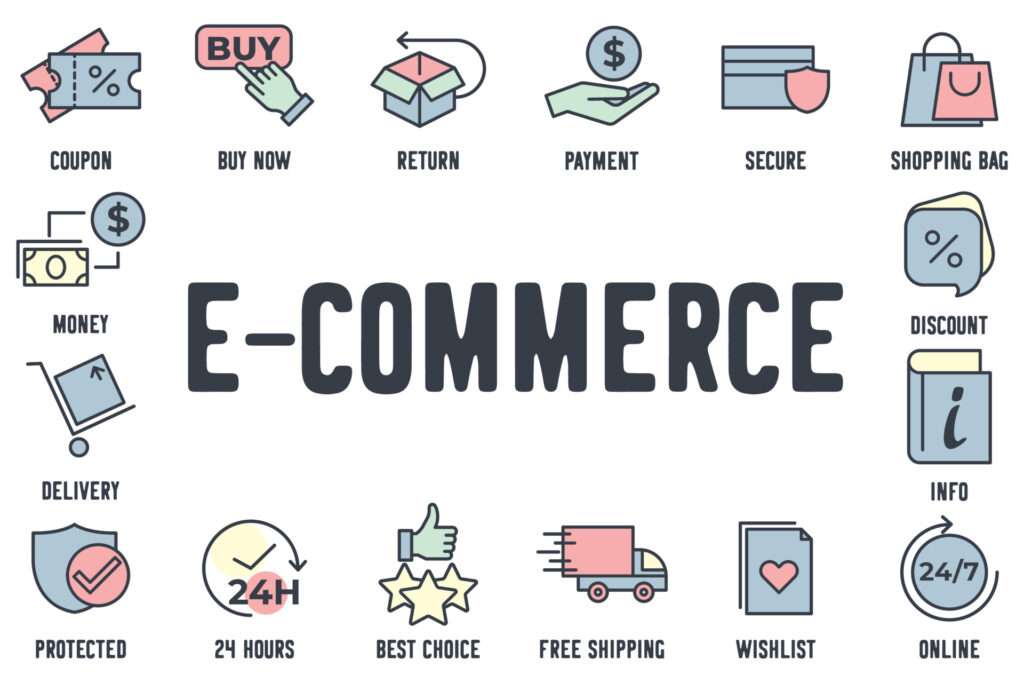
Why do e-commerce sites often come with a higher price tag than standard business websites? While both types of websites serve essential functions, the complexity, features, and infrastructure required for e-commerce platforms make them inherently more expensive to develop and maintain. Let’s explore the key reasons behind this price difference.
1. Greater Functional Complexity
E-commerce websites are designed to handle a multitude of complex functions beyond basic informational pages. They require features such as:
- Product catalogs with categories, filters, and sorting options
- Shopping carts and checkout processes
- Secure payment gateway integrations
- User accounts and profiles
- Order management systems
- Inventory tracking
In contrast, most business websites are primarily informational, presenting company information, contact details, and perhaps a few additional features like a blog or contact form. They do not need the intricate transactional capabilities of an e-commerce platform.
2. Development Time and Resources
Building a robust e-commerce site involves significantly more development hours. Developers need to create custom features, integrate third-party APIs, ensure security compliance, and optimize for a seamless shopping experience. This increased complexity translates into higher labor costs.
3. Enhanced Security Requirements
Handling sensitive customer data, including payment information, necessitates advanced security measures. E-commerce sites must comply with strict standards like PCI DSS (Payment Card Industry Data Security Standard). Implementing these security protocols requires specialized expertise and additional testing, which adds to the cost.
4. Ongoing Maintenance and Updates
E-commerce platforms require regular updates for security patches, feature enhancements, and integration of new payment methods or third-party services. Managing large product inventories and customer data also demands ongoing support, increasing maintenance expenses compared to static business websites.
5. Integration with External Systems
E-commerce sites often need to integrate with various third-party systems such as payment processors, shipping providers, inventory management software, and marketing tools. These integrations deepen complexity and can involve licensing fees or custom development.
6. Scalability and Performance Optimization
Because e-commerce websites expect higher traffic volumes—especially during sales or promotions—they must be built to scale efficiently. This requires additional infrastructure, load balancing, caching solutions, and performance optimization, all of which add to the overall cost.
7. User Experience (UX) Design and Testing
A smooth and intuitive shopping experience is critical for e-commerce success. Investing in extensive UX design, A/B testing, and user journey optimization ensures conversions but also increases initial development costs.
8. Affordable Options: Shopify and Other Platforms
For small to medium-sized businesses or startups, building a fully custom e-commerce website can be cost-prohibitive. Fortunately, there are affordable and quick-to-implement solutions like Shopify, BigCommerce, and Wix, which offer:
- Ready-made templates optimized for online sales
- Built-in payment processing and security features
- Minimal setup time and technical expertise required
- Cost-effective monthly subscription plans
While these platforms may limit customization and scalability compared to custom development, they provide an excellent way to enter the e-commerce space without significant upfront investment. They are ideal for businesses testing new markets or looking for a simple, reliable online storefront.
Conclusion
While standard business websites focus mainly on presenting information, e-commerce sites demand a wider range of features, security measures, integrations, and ongoing support—factors that drive up costs. However, for many entrepreneurs and small businesses, affordable solutions such as Shopify can provide a quick, reliable, and budget-friendly way to start selling online.



